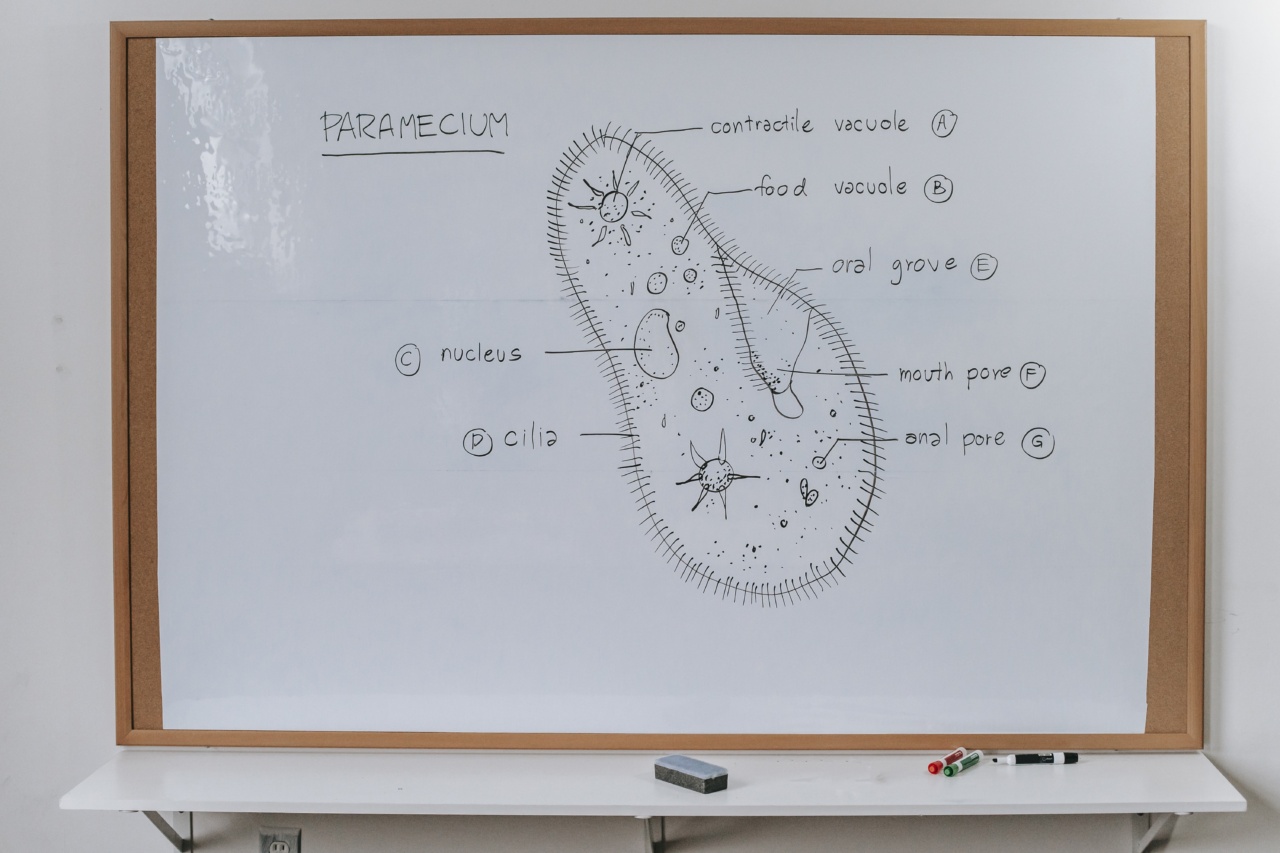School nutrition plays a crucial role in the overall health and well-being of children. It not only ensures that they receive the necessary nutrients for growth and development but also supports their cognitive function and academic performance.
Recognizing the importance of a nutritious diet for students, the European Union has conducted a comprehensive report to focus on improving school nutrition across Europe.
The Current State of School Nutrition
Before delving into the report’s findings, it is essential to understand the current state of school nutrition in Europe. Many school meals often lack the necessary balance of nutrients, leading to adverse health effects for children.
High levels of added sugars, unhealthy fats, and sodium contribute to obesity, cardiovascular diseases, and poor mental health among students.
Inadequate access to fresh fruits and vegetables, whole grains, and lean proteins further exacerbates the issue.
Additionally, the lack of nutrition education and awareness in schools leaves students and their families uninformed about healthy choices, making it difficult to establish lifelong habits.
The EU Report: A Comprehensive Analysis
The EU report on improving school nutrition aims to address the existing challenges and provide a roadmap for a healthier future. Here are the key highlights:.
1. Setting Nutrition Standards
The report emphasizes the need for standardized nutrition criteria across Europe. Establishing clear guidelines for calorie limits, nutrient composition, and portion sizes ensures that meals are consistent in their nutritional quality.
These standards help schools in meal planning and enable parents to make informed choices.
2. Increasing Accessibility to Healthy Foods
One of the significant barriers to healthier school meals is limited access to nutritious ingredients. The report emphasizes the importance of collaborating with local farmers and suppliers to source fresh, seasonal produce.
It also encourages the integration of regional culinary traditions to promote diverse and culturally authentic meals.
3. Enhancing Nutrition Education
Education plays a pivotal role in improving children’s dietary habits.
The report suggests incorporating nutrition education into the curriculum, teaching students about the importance of a healthy diet, and providing practical cooking and meal planning skills. By empowering students to make informed choices, the report aims to instill lifelong healthy eating habits.
4. Addressing Food Insecurity
The report recognizes that food insecurity is a pressing issue affecting many children across Europe. It emphasizes the need to provide free or reduced-price meals to vulnerable students, ensuring that no child goes hungry.
By tackling food insecurity, schools can create an equal and nurturing environment for all children.
5. Engaging Stakeholders
The successful implementation of improved school nutrition relies on collaboration among various stakeholders. The report calls for engagement with policymakers, schools, parents, healthcare professionals, and food industry representatives.
By working together, these stakeholders can create a comprehensive and sustainable approach to school nutrition.
6. Monitoring and Evaluation
Regular monitoring and evaluation are essential to ensure the effectiveness of implemented strategies.
The report emphasizes the need for robust data collection methods and evaluation tools to track the impact of improved school nutrition on children’s health outcomes and academic performance.
7. Sharing Best Practices
The EU report encourages the sharing of best practices among different European countries. By learning from successful initiatives, schools can adapt and implement strategies that have demonstrated positive results elsewhere.
8. Investing in Infrastructure
To improve school nutrition, adequate investment in infrastructure is necessary. The report highlights the need for equipping schools with modern kitchen facilities, storage spaces, and dining areas.
Investments in these areas ensure the efficient preparation and service of healthy meals.
9. Creating Partnerships
The report stresses the importance of fostering partnerships with local communities, nonprofits, and businesses. Collaboration enables schools to access additional resources, such as volunteers, funding, and expertise.
These partnerships can enhance the overall impact of school nutrition programs.
10. Evaluation of Costs and Benefits
The report acknowledges that implementing comprehensive school nutrition programs requires financial commitments. However, it emphasizes the long-term benefits, including improved health outcomes, reduced healthcare costs, and enhanced academic results.
By evaluating costs and benefits, policymakers can make informed decisions regarding investments in school nutrition.
Conclusion
Improving school nutrition in Europe is a multifaceted task that requires collaboration, education, and policy changes.
The EU report provides valuable insights, emphasizing the significance of nutrition standards, increased accessibility to healthy foods, nutrition education, and addressing food insecurity. By implementing the report’s recommendations, European countries can foster healthier environments for their young populations, ensuring a brighter and healthier future.






























